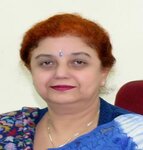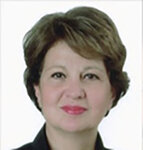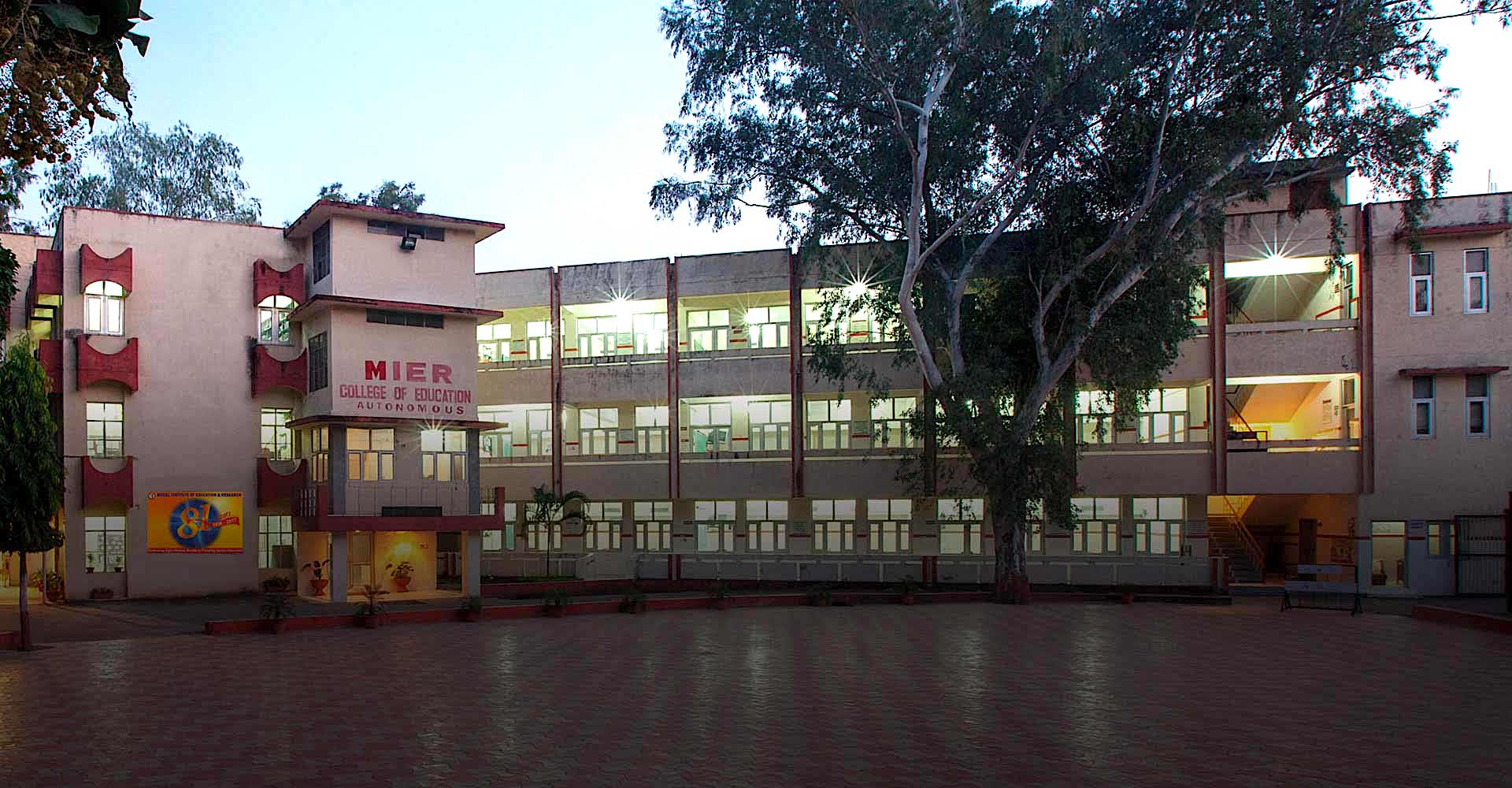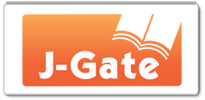A Thought Experiment On Gravity Based On Falling Objects: Investigation Of Science Teachers’ Thinking Process
DOI:
https://doi.org/10.52634/mier/2023/v13/i2/2456Keywords:
Gravity Based on Falling Objects, Physics Education, Thought ExperimentAbstract
This study aims to analyse the thought processes of science teachers who are master students in scientific education using a thought experiment on gravity based on falling objects. The phenomenological study approach, one of the qualitative research methodologies, was used to achieve this aim. Purposive sampling was used to investigate eight science teachers continuing their master’s degrees. Data was collected through interviews and a thought experiment on gravity based on falling objects. The teachers participated in Face-to-face problem-solving sessions, thinking aloud and backward questioning sessions. Results reveal that the teachers mostly showed secondary effects as establishing a new amount of relationship, carrying out thought experiments to predict, and preferring scientific concepts and hypothetical simulations as sources of thinking. Likewise, spatial reasoning-symmetry-compound simulation and experience were equally and less frequently preferred. Results also show that science teachers had strong self-efficacy judgments, a mastery of the curriculum, an unpleasant attitude when dealing with difficulties, and hypothetical thinking skills.
Downloads
Metrics
Downloads
Published
How to Cite
Issue
Section
License
Copyright (c) 2023 Fatma Kübra Uyar, Orhan Karamustafaoglu

This work is licensed under a Creative Commons Attribution 4.0 International License.
The articles published in the MIER Journal of Educational Studies, Trends and Practics (MJESTP) are distributed under the terms of the Creative Commons Attribution License (CC BY 4.0), which permits unrestricted use, distribution, and reproduction in any medium, provided the original author and source are credited.
- Copyright on any open access article in the MIER Journal of Educational Studies, Trends and Practics (MJESTP) published by Model Institute of Education and Research (MIER) is retained by the author(s).
- Author(s) grant MIER a license to publish the article and identify himself/herself/themselves as the original publisher.
- Authors also grant any third party the right to use the article freely as long as its integrity is maintained and its original authors, citation details and publisher are identified.
- The Creative Commons Attribution License 4.0 formalizes these and other terms and conditions of publishing articles.
References
Acar, H., & Gurel, Z. (2016). Investigating students’ inertia concept through thought experiments. Bogazici University Journal of Education, 33(2), 69-96. Retrieved from https://dergipark.org.tr/tr/pub/buje/issue/29693/319545
Avidov-Ungar, O., & Forkosh-Baruch, A. (2018). Professional identity of teacher educators in the digital era in light of demands of pedagogical innovation. Teaching and Teacher Education, 73, 183-191. https://doi.org/10.1016/j.tate.2018.03.017 DOI: https://doi.org/10.1016/j.tate.2018.03.017
Bagceci, B., & Kinay, I. (2013). Investigation of teachers’ problem-solving skills according to some variables. Electronic Journal of Social Sciences, 12(44), 335-347. Retrieved from https://dergipark.org.tr/tr/pub/esosder/issue/6158/82777
Baldy, E., & Aubert, F. (2005). Etude de l’apprentissage du phénomène physique de la chute des corps en classe de 3ème française/Phenomenon of falling in French grade 9. Didaskalia, 27, 109-131. https://doi.org/10.4267/2042/23948 DOI: https://doi.org/10.4267/2042/23948
Bar, V., Zinn, B., & Rubin, E. (1997). Children’s ideas about action at a distance. International Journal of Science Education, 19(10), 1137-1157. https://doi.org/10.1080/0950069970191003 DOI: https://doi.org/10.1080/0950069970191003
Bergson, H. (2013). Les deux sources de la morale et de la religion. Paris: Nouveau Monde. Retrieved from https://doi.org/10.14375/NP.9782369434184 DOI: https://doi.org/10.14375/NP.9782369434184
Boydak, H. A. (2017). Mystery of the brain hemispheres (3rd ed.). Istanbul: Beyaz.
Brown, J. R. (1991). The laboratory of the mind: Thought experiments in the natural sciences (1st edition). London and Newyork: Routledge.
Bunzl, M. (1996). The logic of thought experiments. Synthese, 106, 227-240. DOI: https://doi.org/10.1007/BF00413701
Clement, J. (2008). Creative model construction in scientists and students. USA: Springer. Retrieved from https://doi.org/10.1007/978-1-4020-6712-9 DOI: https://doi.org/10.1007/978-1-4020-6712-9
Contreras, J. N. (2013). Fostering mathematical creativity through problem posing and modelling using dynamic geometry: Viviani’s problem in the classroom. Journal of Mathematics Education at Teachers College, 4(2),66-72. https://doi.org/10.7916/jmetc.v4i2.632
Creswell, J. W. (2012). Educational research: Planning, conducting and evaluating quantitative and qualitative research. Boston, USA: Pearson Education.
Damasio, A. R. (2006). Descartes’ error: Emotion, reason and the human brain. London: Vintage Books.
Daniel, E. (2016). The usefulness of qualitative and quantitative approaches and methods in researching problem-solving ability in science education curriculum. Journal of Education and Practice, 7(15), 1735-2222. Retrieved from https://www.iiste.org/Journals/index.php/JEP/article/view/30822/31645
Faisal, & Martin, S. N. (2019). Science education in Indonesia: past, present, and future. Asia-Pasific Science Education, 5(4), 1-29. https://doi.org/10.1186/s41029-019-0032-0 DOI: https://doi.org/10.1186/s41029-019-0032-0
Frank, O. T. (2013). The importance of implementing creativity in generating ideas activities. In M. Lesjak, A. Brezovec, & H. Nemec-Rudez (Eds.), Innovative marketing for coastal destinations (p. 25-30). Slovenia: University of Primorska Press.
Galili, I. (2001). Weight versus gravitational force: Historical and educational perspectives. International Journal of Science Education, 23(10),1073-1093. https://doi.org/10.1080/09500690110038585 DOI: https://doi.org/10.1080/09500690110038585
Gelen, I., Duran, V., & Ozer, B. (2017). The analysis of some thought experiments in terms of the dimensions of hypothetico-creative reasoning skills. Jokull Journal, 67(2), 102-125.
Gendler, T. (1998). Galileo and the indispensability of scientific thought experiment. British Journal for the Philosophy of Science, 49, 397-424. DOI: https://doi.org/10.1093/bjps/49.3.397
Gilbert, J. K., & Reiner, M. (2000). Thought experiments in science education: Potential and current realization. International Journal of Science Education, 22(3), 265-283. https://doi.org/10.1080/095006900289877 DOI: https://doi.org/10.1080/095006900289877
Johnson, H. J., & Cotterman, M. E. (2015). Developing preservice teachers’ knowledge of science teaching through video clubs. Journal of Science Teacher Education, 26(4), 393-417. https://doi.org/10.1007/s10972-015-9429-0 DOI: https://doi.org/10.1007/s10972-015-9429-0
Kuhn, T. (1963). The function of dogma in scientific research. In A. Crombie (Ed.), Scientific change (p. 347-369). New York: Basic Books.
Lindsay, R. K. (1988). Images and reference. Cognition, 29(3), 229-250. https://doi.org/10.1016/0010-0277(88)90025-X DOI: https://doi.org/10.1016/0010-0277(88)90025-X
Nitsche, S. R. (2020). A historical analysis of thought experiments. Controversia, Sao Leopoldo, 16(3), 99-121. https://doi.org/10.11591/edulearn.v12i4.5814
Nuroso, H., Siswanto, J., & Huda, C. (2018). Developing a learning model to promote the skills of analytical thinking. Journal of Education and Learning (EduLearn), 12(4), 775-780. https://doi.org/10.11591/edulearn.v12i4.5814 DOI: https://doi.org/10.11591/edulearn.v12i4.5814
Ozel, M. (2004). Strategies for a successful physics education. Pamukkale University Journal of Education, 16(16), 79-88. Retrieved from https://dergipark.org.tr/tr/pub/pauefd/issue/11127/133071
Puspitasari, L., In’am, A., & Syaifuddin, M. (2018). Analysis of students’ creative thinking in solving arithmetic problems. International Electronic Journal of Mathematics Education, 14(1), 49-60. https://doi.org/10.12973/iejme/3962 DOI: https://doi.org/10.12973/iejme/3962
Raes, A., Schellens, T., & De Wever, B. D. (2014). Web-based collaborative inquiry to bridge gaps in secondary science education. Journal of the Learning Sciences, 23(3), 316-347. https://doi.org/10.1080/10508406.2013.836656 DOI: https://doi.org/10.1080/10508406.2013.836656
Sorensen, R. A. (1992). Thought experiments. New York: Oxford University Press.
Tian, Y., Xiao, W., Li, C., Liu, Y., Qin, M., Wu, Y., ... H (2014). Virtual microscopy system at Chinese medical university: an assisted teaching platform for promoting active learning and problem-solving skills. BMC Medical Education, 14. https://doi.org/10.1186/1472-6920-14-74 DOI: https://doi.org/10.1186/1472-6920-14-74
Uyar, F. K., & Karamustafaoglu, O. (2022). Analysis of the thinking process of science teachers: the light absorption thought experiment. Indonesian Journal of Physics Education, 18(2), 96-106. https://doi.org/10.15294/jpfi.v18i2.34243 DOI: https://doi.org/10.15294/jpfi.v18i2.34243
Van Harpen, X. Y., & Sriraman, B. (2013). Creativity and mathematical problem posing: An analysis of high school students’ mathematical problem posing in China and the USA. Educational Studies in Mathematics, 82(2), 201-221. https://doi.org/10.1007/s10649-012-9419-5 DOI: https://doi.org/10.1007/s10649-012-9419-5
Velentzas, A., & Halkia, K. (2013). The use of thought experiments in teaching physics to upper secondary-level students: two examples from the theory of relativity. International Journal of Science Education, 35(18), 3026-3049. https://doi.org/10.1080/09500693.2012.682182 DOI: https://doi.org/10.1080/09500693.2012.682182
Vosdianou, S. (1994). Capturing and modelling the process of conceptual change. Learning and Instruction, 4(1), 54-69. https://doi.org/10.1016/0959-4752(94)90018-3 DOI: https://doi.org/10.1016/0959-4752(94)90018-3
Watts, D. M. (1982). Gravity- Don’t take it for granted! International Journal of Science Education, 17(4), 116-121. https://doi.org/10.1088/0031-9120/17/3/306 DOI: https://doi.org/10.1088/0031-9120/17/3/306
Wilkes, K. V. (1988). Real people: Personal identity without thought experiments. Oxford: Clarendon Press.
Witt-Hansen, J. (1976). H.C. Orsted, Kant and The Thought Experiment. Danish Yearbook of Philosophy, 13, 48-56. DOI: https://doi.org/10.1163/24689300-01301004
Wulandari, I. G. A. P. A., Sa’dijah, C., As’ari, A. R., & Rahardjo, S. (2018). Modified guided discovery model: a conceptual framework for designing a learning model using guided discovery to promote stu- dent’s analytical thinking skills. Journal of Physics: Conference Series, 1028,12153. https://doi.org/10.1088/1742-6596/1028/1/012153 DOI: https://doi.org/10.1088/1742-6596/1028/1/012153
Yuruk, N., Cakir, O. S., & Geban, O. (2000). The effect of conceptual change approach on high school students’ attitudes towards biology lesson about cellular respiration. In Iv. science and mathematics education congress. Ankara, Turkey.
Zhu, C., Wang, D., Cai, Y., & Engels, N. (2013). What core competencies are related to teachers’ innovative teaching? Asia-Pacific Journal of Teacher Education, 41(1), 9-27. https://doi.org/10.1080/1359866X.2012.753984 DOI: https://doi.org/10.1080/1359866X.2012.753984





















